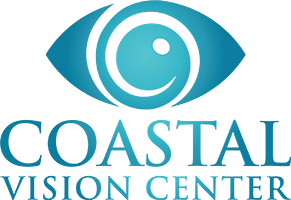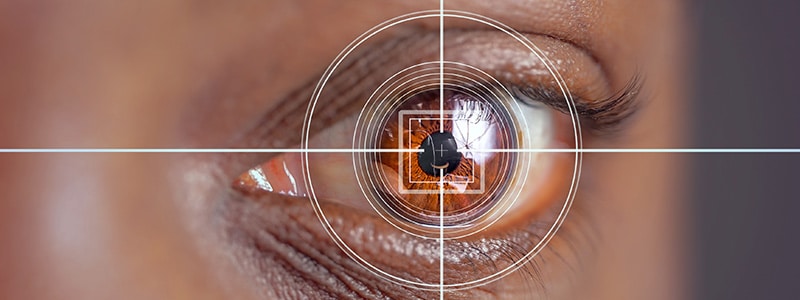Treatment Options for Cataracts
Cataracts are a common age-related eye condition that can significantly impact vision. Fortunately, several effective treatment options are available to restore clear vision and improve the quality of life for individuals with cataracts. In this article, we will explore the different treatment options for cataracts, including both non-surgical and surgical approaches.
Non-Surgical Treatment Options
Updating Eyeglass Prescription: In the early stages of cataracts, updating your eyeglass prescription may help improve vision. Your eye care professional can perform a comprehensive eye examination and prescribe glasses with the appropriate lens power to compensate for the changes caused by cataracts. While this option cannot reverse or remove cataracts, it can provide temporary visual improvement.
- Magnifying Devices: Magnifying devices, such as magnifying glasses or handheld magnifiers, can assist with reading and other close-up tasks. These devices enlarge the text or objects, making them easier to see despite the effects of cataracts.
- Improved Lighting: Enhancing the lighting in your environment can make it easier to see with cataracts. Brighter lighting, especially in areas where you perform tasks that require detailed vision, can help compensate for the clouding caused by cataracts.
- Anti-Glare Sunglasses: Wearing anti-glare sunglasses can reduce glare and improve visual comfort when outdoors or in brightly lit environments. While they do not directly treat cataracts, they can alleviate symptoms associated with cataract-related glare and improve overall visual clarity.
Surgical Treatment Options for Cataracts
Surgery is the only definitive treatment for cataracts and is typically recommended when cataracts significantly interfere with daily activities and quality of life. Cataract surgery involves removing the cloudy lens and replacing it with an artificial intraocular lens (IOL). The two primary surgical techniques for cataract removal are:
- Phacoemulsification: Phacoemulsification is the most commonly performed cataract surgery technique. During this procedure, a small incision is made in the cornea, and a tiny ultrasound probe is used to break up the cloudy lens into small pieces. These fragments are then gently suctioned out, and the artificial IOL is inserted in its place.
- Extracapsular Cataract Extraction: In Cases where the cataract is more advanced or phacoemulsification is not suitable, extracapsular cataract extraction may be performed. This technique involves creating a larger incision to remove the cataract in one piece. The natural lens is replaced with an IOL, similar to phacoemulsification.
Types of Intraocular Lenses (IOLs)
During cataract surgery, the natural lens is replaced with an artificial intraocular lens (IOL). There are various types of IOLs available, each with different characteristics and benefits. They include:
- Monofocal IOLs: Monofocal IOLs provide clear vision at a single focal point, typically set for distance vision. Most individuals still require glasses for near-vision activities, such as reading or using a computer.
- Multifocal IOLs: Multifocal IOLs offer multiple focal points, allowing individuals to see clearly at various distances without relying on glasses. These lenses provide enhanced visual freedom but may cause some degree of visual halos or glare, especially in low-light conditions.
- Toric IOLs: Toric IOLs are specifically designed to correct astigmatism, a common refractive error. They provide clear vision at a distance and can significantly reduce or eliminate the need for glasses or contact lenses for individuals with astigmatism.
- Accommodating IOLs: Accommodating IOLs have the ability to move and adjust within the eye, mimicking the natural focusing mechanism. This allows for improved vision at various distances, reducing the reliance on glasses.
The selection of the appropriate IOL depends on factors such as your vision requirements, lifestyle, and overall eye health. Your ophthalmologist will discuss the available options and help you choose the most suitable IOL for your needs.
Cataracts can significantly impact vision and quality of life, but with the right treatment, clear vision can be restored. Non-surgical options such as updated eyeglass prescriptions, magnifying devices, improved lighting, and anti-glare sunglasses can provide temporary relief. However, cataract surgery remains the most effective and definitive treatment. By removing the cloudy lens and replacing it with an artificial IOL, cataract surgery can restore clear vision and improve daily functioning. Consultation with an ophthalmologist at Coastal Vision Center is essential to determine the most appropriate treatment option and IOL for your specific needs.
More Information about Cataract Treatment Options.
Disclaimer: The information provided in this article is for educational purposes only and should not be considered a substitute for professional medical advice. Please consult with an eye care professional at Coastal Vision Center for personalized guidance regarding your eye health.



